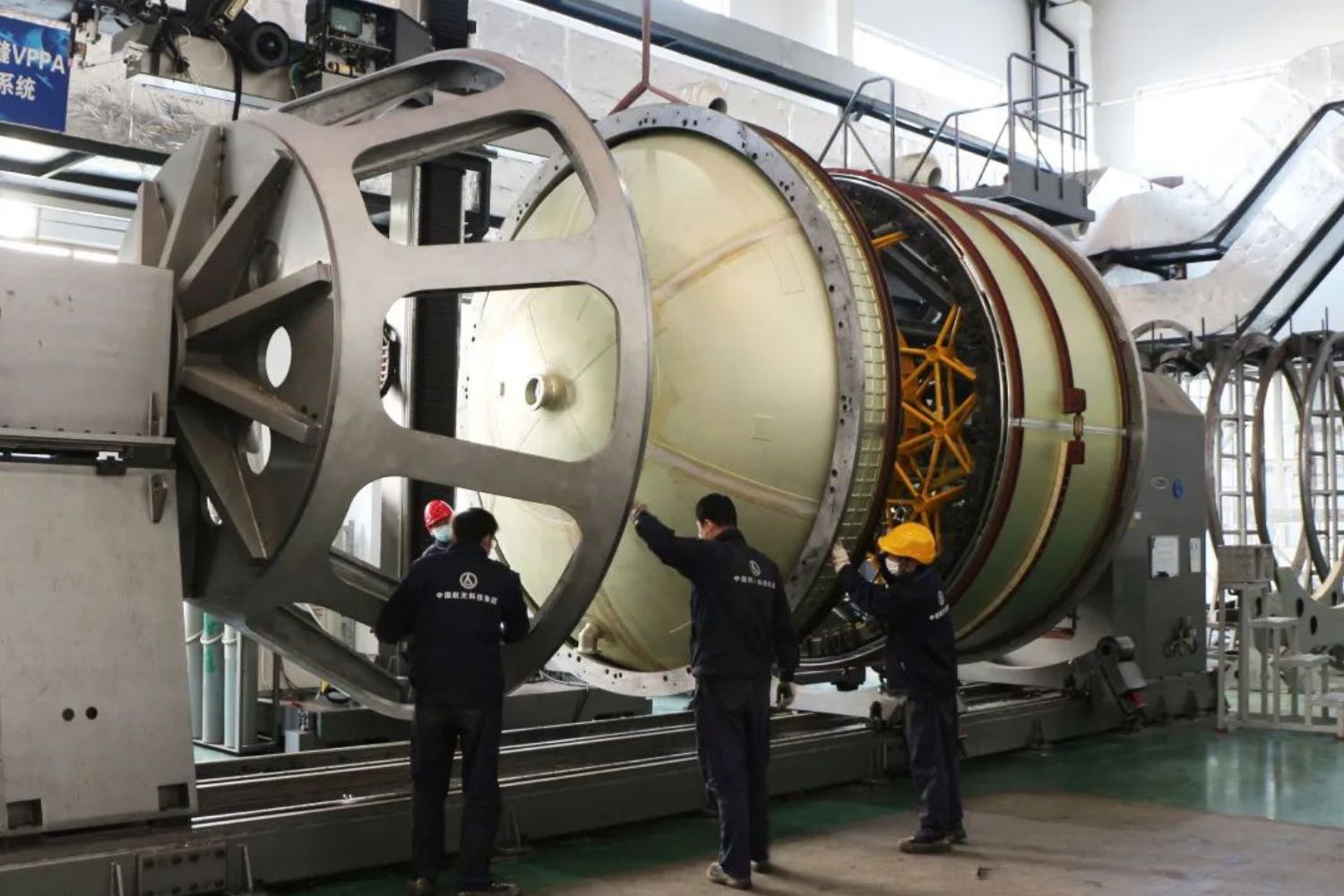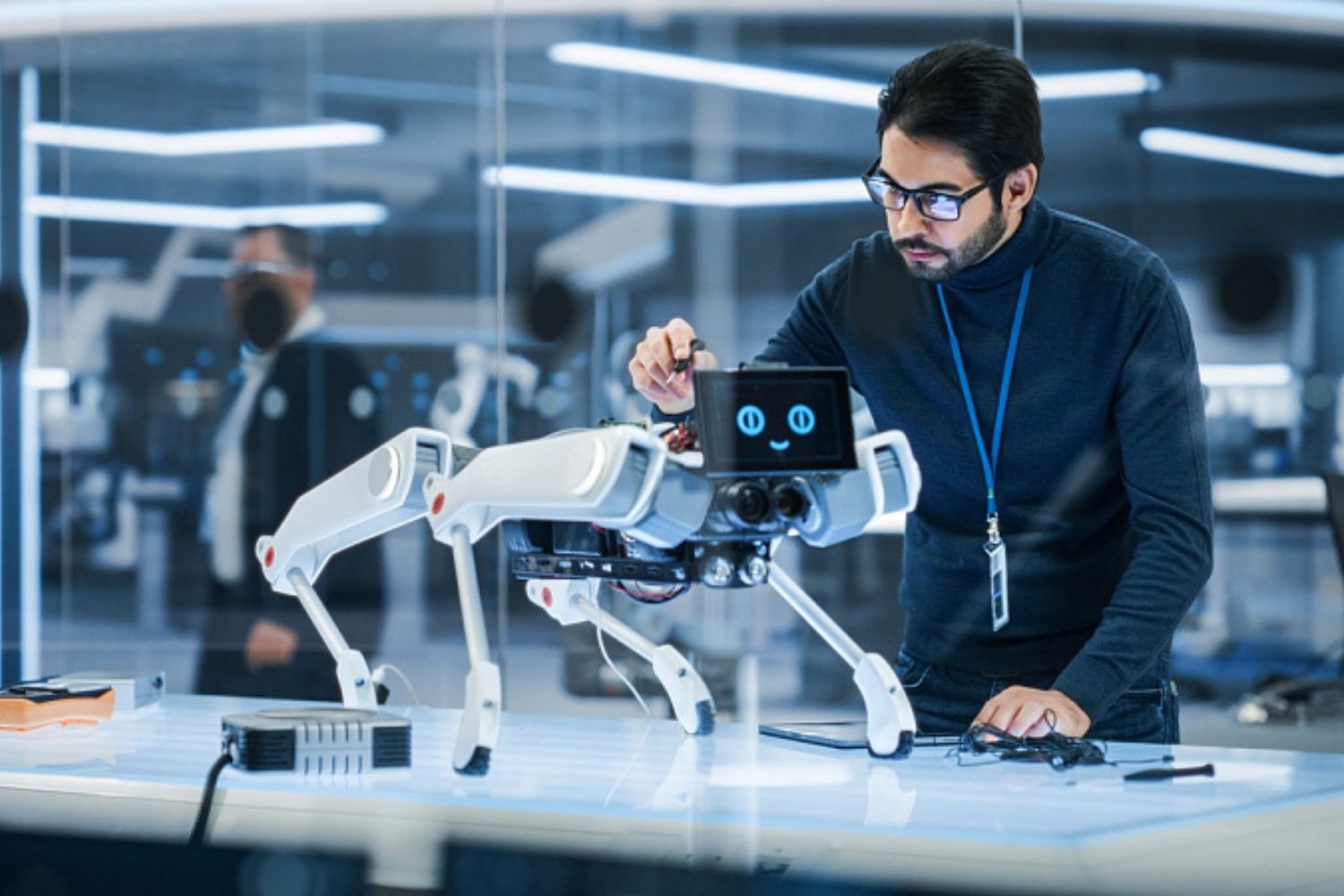China’s state-owned Shanghai Academy of Spaceflight Technology (SAST), a subsidiary of the China Aerospace Science and Technology Corporation (CASC), has successfully conducted the country’s most advanced reusable rocket test to date. This landmark achievement places SAST ahead of private Chinese companies like Landspace and Expace in the race to develop reusable rocket technology.
The test featured a 3.8-meter diameter rocket powered by three liquid oxygen-methane engines. The rocket executed a “vertical take-off and vertical landing” (VTVL) manoeuvre, reaching an altitude of 12 km before making a controlled descent and soft landing. This demonstration comprehensively verified key technologies, including structural integrity, landing mechanisms, and precision navigation.
This successful test marks a significant step forward for SAST, paving the way for the planned maiden flight of a 4-meter reusable carrier rocket in 2025. The advancement underscores China’s progress in mastering reusable rocket capabilities, which are crucial for reducing launch costs and increasing access to space.
The achievement also highlights the continued dominance of state-owned enterprises in China’s space industry, even as private companies are making significant advancements. The successful test reinforces China’s commitment to becoming a major player in the global space industry by leveraging advanced technologies and state resources.
China’s Role in Global Space Exploration
China has rapidly emerged as a formidable player in global space exploration, achieving significant milestones and demonstrating a clear commitment to becoming a leader in the space industry. Over the past few decades, China’s space program has transitioned from modest beginnings to sophisticated missions, showcasing its technological prowess and strategic ambitions.
One of China’s notable achievements is its lunar exploration program, which includes the Chang’e missions. In 2019, Chang’e-4 made history by performing the first-ever soft landing on the far side of the moon, a feat that demonstrated China’s advanced capabilities in space technology. This mission, along with subsequent lunar explorations, underscores China’s determination to explore and utilise lunar resources.
China’s ambitions extend beyond the moon. The country has successfully launched and maintained the Tiangong space station, a multi-module space station that serves as a platform for scientific research and international collaboration. The Tiangong space station is a testament to China’s growing expertise in long-duration human spaceflight and its commitment to contributing to global space research efforts.
Mars exploration is another area where China has made significant strides. The Tianwen-1 mission, which includes an orbiter, lander, and rover, successfully reached Mars in 2021. This mission marked China’s entry into the elite group of nations capable of conducting interplanetary exploration and provided valuable data about the Martian surface and atmosphere.
China’s advancements in reusable rocket technology further highlight its role in global space exploration. The recent successful test by the Shanghai Academy of Spaceflight Technology (SAST) of a reusable rocket demonstrates China’s capability to develop cost-effective and sustainable launch systems. This technology is crucial for reducing launch costs and increasing access to space, positioning China as a competitive player in the commercial space sector.
Additionally, China is actively fostering international collaborations in space exploration. The country has signed agreements with various nations and space agencies, promoting joint missions, technology sharing, and cooperative research. These partnerships enhance global scientific knowledge and demonstrate China’s willingness to collaborate on a global scale.
In summary, China’s role in global space exploration is marked by significant achievements in lunar and planetary exploration, human spaceflight, and advanced rocket technology. The country’s strategic investments and international collaborations underscore its ambition to be at the forefront of space exploration, contributing to scientific discovery and technological innovation on a global stage.
ALSO READ: China visits the far side of the moon













